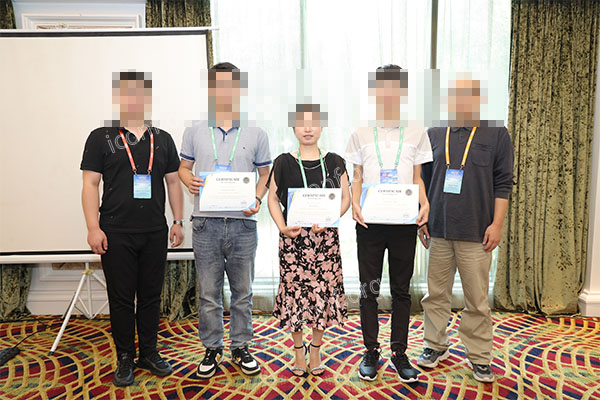Submitting a well-structured and properly formatted conference paper is key to getting your research noticed and accepted. Here's a comprehensive guide to understanding the essential format for academic conference papers.

1. Title and Abstract
Title: The title should be concise and clearly convey the main focus of your research.
Abstract: A brief summary of your paper, usually around 150-250 words, highlighting the key points and significance of your study. Make sure it captures the essence of your research to entice the reviewers and audience.
2. Introduction
The introduction sets the stage for your paper. It should:
Provide background information and context.
Clearly state the research question or hypothesis.
Outline the objectives and significance of the study.
3. Literature Review
This section reviews relevant existing research and identifies gaps your study aims to fill. It should:
Summarize key findings from previous studies.
Highlight how your research contributes to the existing body of knowledge.
4. Methodology
The methodology section details how the research was conducted. It should include:
Research Design: Explain the type of study (e.g., experimental, observational).
Participants: Describe the sample size and characteristics.
Materials and Procedures: Detail the tools, instruments, and steps used in the study.
Data Analysis: Outline the methods used for analyzing the data.
5. Results
Present the findings of your study in a clear and concise manner. Use tables, figures, and charts to support your data. Ensure:
Results are presented logically.
Significant findings are highlighted.
6. Discussion
The discussion interprets the results and explains their implications. It should:
Compare your findings with previous research.
Discuss the significance of the results.
Identify any limitations of the study.
Suggest areas for future research.
7. Conclusion
The conclusion summarizes the key points of your paper. It should:
Restate the main findings.
Highlight the contributions of the study.
Emphasize the broader implications.
8. References
List all sources cited in your paper in a standardized citation style (e.g., APA, MLA, Chicago). Ensure:
All references are accurate and complete.
Formatting is consistent throughout.
9. Appendices (if applicable)
Include any supplementary material that supports your research but is not essential to the main text, such as raw data, additional figures, or questionnaires.
Formatting Tips
Font and Spacing: Use a standard font like Times New Roman, size 12, and double-space your text.
Margins: Use one-inch margins on all sides.
Headings and Subheadings: Use clear and consistent headings and subheadings to organize your paper.
Page Numbers: Include page numbers on all pages.
For a more detailed guide and resources, visit iconf.org. Following these guidelines will help ensure your conference paper is well-received and stands out in the submission process.